Boiler is the heart of the process Plant and steam system. In case of Liquid or Gas Fired Boiler, fuel burns in the burner, whereas, in case of Solid Fuel Fired Boiler, fuel burns in furnace chamber and transfers heat to the boiler tubes.
The hot gases from the burner pass backwards and forwards multiple times through a series of tubes to gain the maximum transfer of heat through the tube surfaces to the surrounding boiler water.
Once the water reaches saturation temperature (the temperature at which it will boil at that pressure) bubbles of steam are produced, which rise to the water surface and burst. The steam is released into the space above, ready to enter the steam system. The stop or crown valve isolates the boiler and its steam pressure from the process or plant.
If steam is pressurized, it will occupy less space. Steam boilers are usually operated under pressure, so that more steam can be produced by a smaller boiler and transferred to the point of use, by means of smaller bore pipe work. When required, the steam pressure is reduced at the point of use.
As long as the amount of steam being produced in the boiler is the same amount as that leaving the boiler, the boiler will remain pressurized. The burner will operate to maintain the correct pressure. This also maintains the correct steam temperature, because the pressure and temperature of saturated steam are directly related.
The boiler has a number of fittings and controls to ensure that it operates safely, economically, efficiently and at a consistent pressure.
Boiler Feed Water (BFW)
Boiler Feed Water (BFW) is the water supply into the boiler. This is one of two main Raw Materials required to generate Steam.
BFW quality is very important. It must be optimally at a minimum temperature, usually around 80°C; to avoid thermal shock, also to reduce the amount of dissolved oxygen in water, as oxygenated water is corrosive, and to operate efficiently. It must also be of the correct quality to avoid damage to the boiler.
Ordinary, untreated potable water is not entirely suitable for boilers and can quickly cause them to foam and scale up. The boiler would become less efficient and the steam would become dirty and wet. The life of the boiler would also be reduced.
Therefore the water must be treated with chemicals before entering not only into Boiler but also in Feed Water tank to reduce the impurities it contains.
Both feed water treatment and heating take place in the Feed Water Tank, which is usually situated high above the boiler. The Feed Pump delivers BFW to the boiler when required. Feed water pumps are not ordinary pumps; these are Multi-stage centrifugal pumps.
Water Level control:
Water level inside the boiler has to be carefully controlled. If the water level drops too low and the boiler tubes are exposed, the boiler tubes could overheat and fail, causing an explosion. If the water level becomes too high, water could enter the steam system and upset the process. For this reason, automatic level controls are used.
To comply with legislation, level control systems also incorporate alarm functions which will operate to shut down the boiler and alert attention if there is a problem with the water level. A common method of level control is to use probes which sense the level of water in the boiler. At a certain level, a controller will send a signal to the feed pump which will operate to restore the water level, switching off when a predetermined level is reached. The probe will incorporate levels at which the pump is switched on and off, and at which low or high level alarms are activated. Alternative systems use floats.
It is a legal requirement in most countries to have two independent low level alarm systems.
Boiler Blow-down:
Chemical dosing of the boiler feed water will lead to the presence of suspended solids in the boiler. These will inevitably collect at the bottom of the boiler drum in the form of sludge, and are removed by a process known as bottom blow-down. This can be done manually – the boiler attendant will use a key to open a blow-down valve for a set period of time, usually twice a day.
Other impurities remain in the boiler water after treatment in the form of dissolved solids. Their concentration will increase as the boiler produces steam and consequently the boiler needs to be regularly purged of some of its contents to reduce the concentration. This is called control of total dissolved solids (TDS control). This process can be carried out by an automatic system which uses either a probe inside the boiler, or a small sensor chamber containing a sample of boiler water, to measure the TDS level in the boiler. Once the TDS level reaches a set point, a controller signals the blow-down valve to open for a set period of time. The lost water is replaced by feed water with a lower TDS concentration, consequently the overall boiler TDS is reduced.

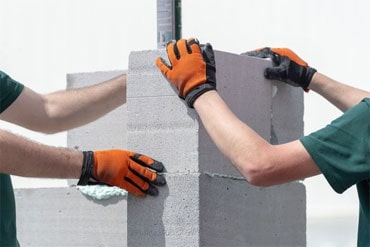 Aerated Concrete Block Industry
Aerated Concrete Block Industry 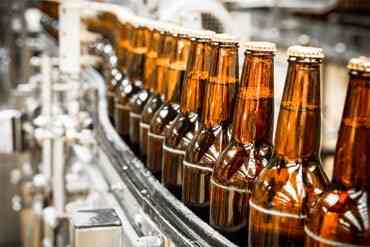 Brewery Industry
Brewery Industry 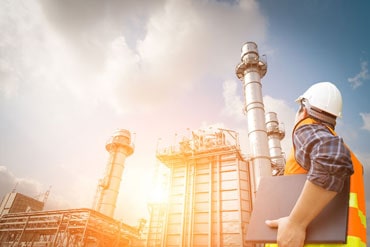 Captive Cogen Industry
Captive Cogen Industry 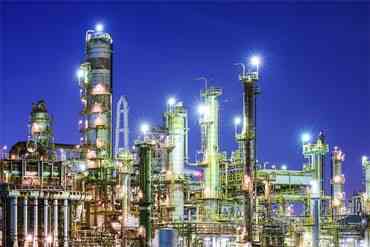 Chemical Industry
Chemical Industry  Dairy Industry
Dairy Industry 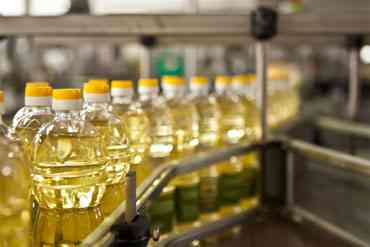 Edible Oil Industry
Edible Oil Industry 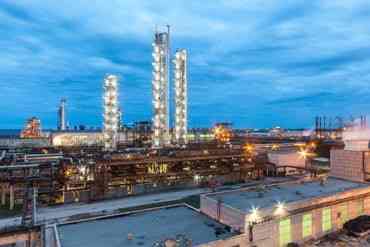 Fertilizer Industry
Fertilizer Industry  Hotel Industry
Hotel Industry 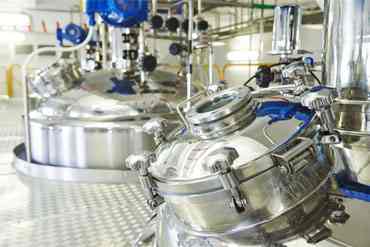 Pharma Industry
Pharma Industry 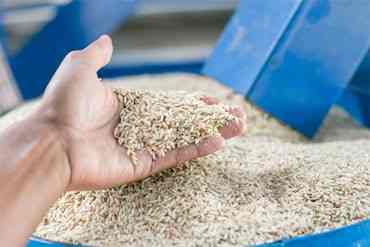 Rice Industry
Rice Industry 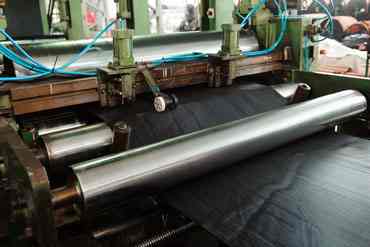 Rubber Industry
Rubber Industry  Soap Industry
Soap Industry 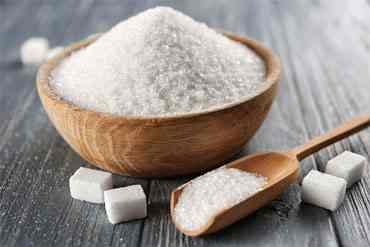 Sugar Industry
Sugar Industry  Textile Industry
Textile Industry 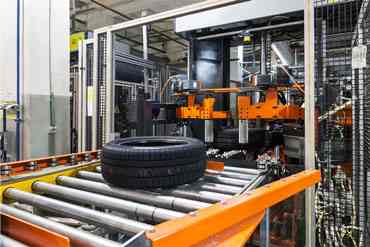 Tyre Industry
Tyre Industry